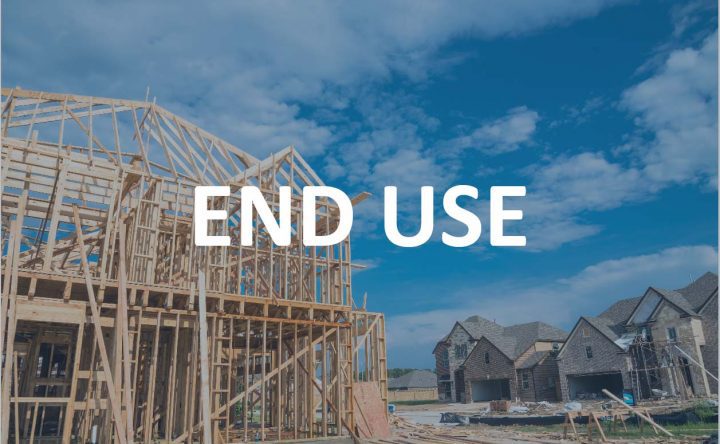“We just saw the first full year of above-average construction since the mid-2000s housing crash. This isn’t a new boom cycle of new construction so much as it’s an attempt to get even from the last bust. There is still a long way to go to catch up from more than a decade of slow construction, and some markets have longer to go than others.”
News in end use
Construction Job Openings Continued to Grow in October
In October, the number of unfilled construction jobs increased to 410,000. According to the National Association of Home Builders (NAHB) this is the highest level in the history of the data service, which dates back to late 2000. Hiring in the construction remained strong, rising to a 5.0% rate.
Mortgage Applications Increased in Week Ending December 3, 2021
According to data from the Mortgage Bankers Association’s (MBA) Weekly Mortgage Application Survey (WMAS), for the week ending December 3, 2021, the Market Composite Index (a measure of mortgage loan application volume) increased 2.0% percent on a seasonally adjusted basis from one week earlier. On an unadjusted basis, the Index increased 45% compared with the previous week.
Job Openings and Labor Turnover Summary Released for October 2021
On Wednesday (12-8-21), the U.S. Bureau of Labor Statistics (BLS) reported the Job Openings and Labor Turnover Summary (JOLTS) for October 2021. According to the JOLTS report, as of the last day in October, the number of job openings increased to 11.0 million (+431,000). The Job opening rate was little changed at 6.9%. The number of hires was little changed at 6.5 million.
Fannie Mae Home Purchase Sentiment Index® Decreases for November
Fannie Mae today (12-7-21) released their Home Purchase Sentiment Index® (HPSI) for November. The HPSI for November decreased -0.8 points to a reading of 74.7, as consumers expressed only contrasting views of homebuying and home-selling conditions but also their greatest economic pessimism in 10-years.
Shift to Suburbs/Exurbs for New Single-Family Construction Continues, but Urban Areas Are Making a Comeback
According to the Q3 edition of the National Association of Home Builders (NAHB) Home Building Geography Index (HBGI), the shift of single-family construction to suburban areas, brought on by the onset of the COVID-19 pandemic last year, continues unabated. However, the HBGI notes that more urban core markets are in the process of making a comeback. This has occurred as more workers transition back to the workplace.
Commercial/Multifamily Mortgage Delinquencies Decline in 2021 Q3
According to the Mortgage Bankers Association’s (MBA) Commercial/Multifamily Delinquency Report (CMDR) that was released on Tuesday (12-7-21), the mortgage delinquency rate on these types of properties declined in 2021 Q3. The CMDR analyzes commercial/multifamily delinquency rates quarterly for five of the largest investor-groups.
Housing Affordability in September Slips to Its Lowest Level Since 2008, Yet Homes Remain Undervalued in Most Markets
First American Financial Corporation, the Santa Ana, California-based comprehensive title insurance protection and professional settlement services provider, has released it Real House Price Index (RHPI) for September 2021. According to the RHPI, real house prices increased 1.7% from August to September and 17.5% year-over-year.
Number of Homes for Sale Hits All-Time Low, While Median Home Prices Hit Another Record High
Redfin, the Seattle-based, technology-powered real estate brokerage, is reporting that the number of homes for sale hit an all-time low in the week ending November 28, 2021. According to Redfin, during that same period, sustained demand pushed the median home price to another record high.
Canadian Employment Increased and Unemployment Declined in November
Statistics Canada (StatsCan) reported today (12-3-21) that employment in Canada increased by 154,000 (+0.8%) in November and was 186,000 (+1.0%) higher than its pre-COVID level in February 2020. Employment increased in both the services-producing and goods-producing sectors in November.



